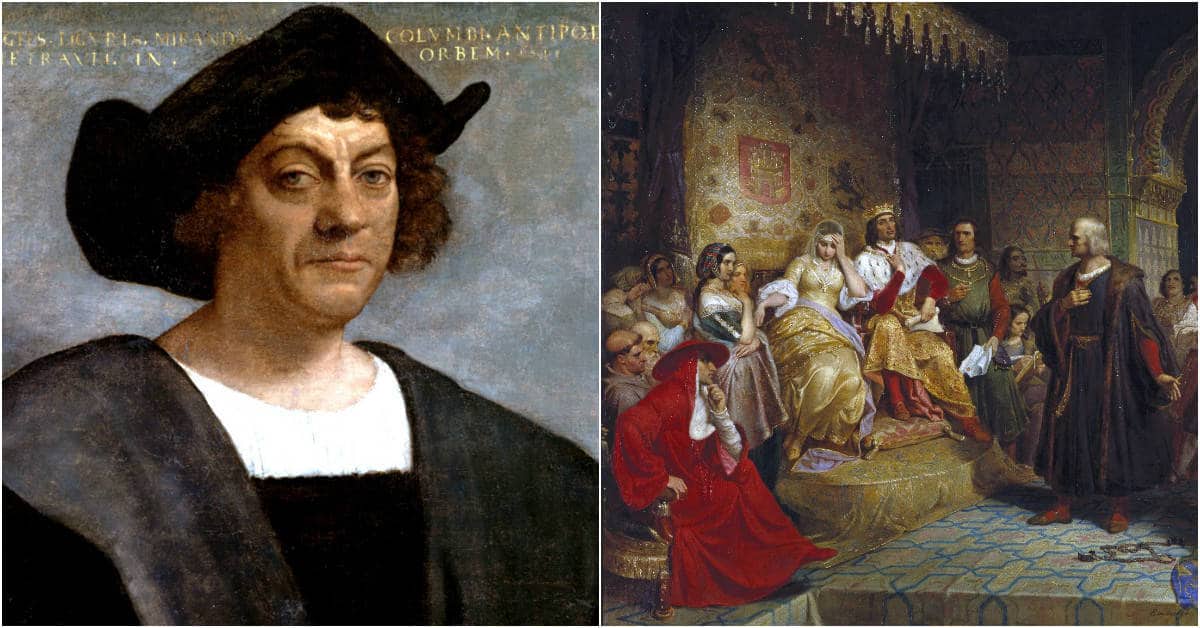The King and Queen of Spain removed Christopher Columbus from his governorship in 1500. Since his first voyage, Christopher Columbus had been the Viceroy and Governor of Hispaniola. In this capacity, he appointed his three brothers and two sons to high positions in the colonial government. As Columbus continued to explore the islands of the New World, the government under his leadership committed atrocities against the island’s native inhabitants and colonial settlers.
Born in the Republic of Genoa in 1451, Columbus grew up along the northwestern Italian coast. At a young age, he began working with his father in the family cheese stand. When he was 10 years old, Columbus was hired out to prominent merchants to work on ships transporting goods from the Iberian Peninsula to Ireland. Columbus settled in Lisbon, near his brother, and continued working for a prominent merchant family as a shipper and importer.
While living in Lisbon, Columbus married, had a son and learned to speak Latin, Portuguese, and Castilian. He never obtained a formal education, but he was literate and read works on astronomy, geography, and history, demonstrating a particular interest in travelers’ accounts such as Marco Polo.
The world in which Columbus was born was one of violence and exploration. In 1453, Constantinople fell to the Ottoman Turks. Trade routes that were once friendly and welcoming for Christian Europeans had become dangerous and deadly. Europeans desperately wanted to maintain their trade with the Asian Spice and Silk Roads trades. Explorers and sailors began seeking new routes to Asia over land and sea. In 1470, an astronomer suggested to the King of Portugal that by sailing west from the Iberian Peninsula, merchants would easily reach the lucrative Asian trades.

Sailors, explorers, merchants, and monarchs began searching for new trade routes. New technology in maritime navigation and shipbuilding techniques provided the necessary tools to search for such routes. The Age of Discovery was in full swing. Then in 1488, Bartolomeu Dias reached the Cape of Good Hope at the southern tip of Africa. This stunted exploration across the Ocean Sea from Europe. Columbus and his brother remained committed to a plan to sail west from the Canary Islands.
Christopher and his younger brother Bartholomew created a plan for westward sail. By setting sail from the Canary Islands off the western coast of Africa, Columbus calculated that Japan was an estimated 3700 km away. If he was right, and he wholeheartedly believed he was, there would be a new and quick way for merchants to get to the Asian trade markets. Of course, reality was different. Very few explorers knew that there was a landmass between the Canary Islands and Japan.
In order to implement such an exploration, the Columbus brothers required financial support. Twice they presented their idea to the King of Portugal who denied his support of the seemingly outlandish proposal. Bartholomew Columbus went to England in an attempt of gaining an audience with then King Henry VII but was denied. Finally, the brothers were able to obtain an audience with Queen Isabella I of Spain.

